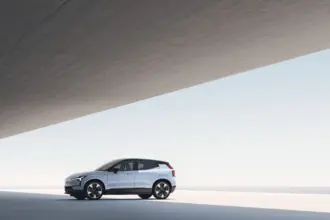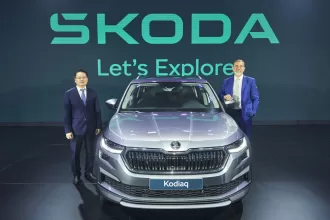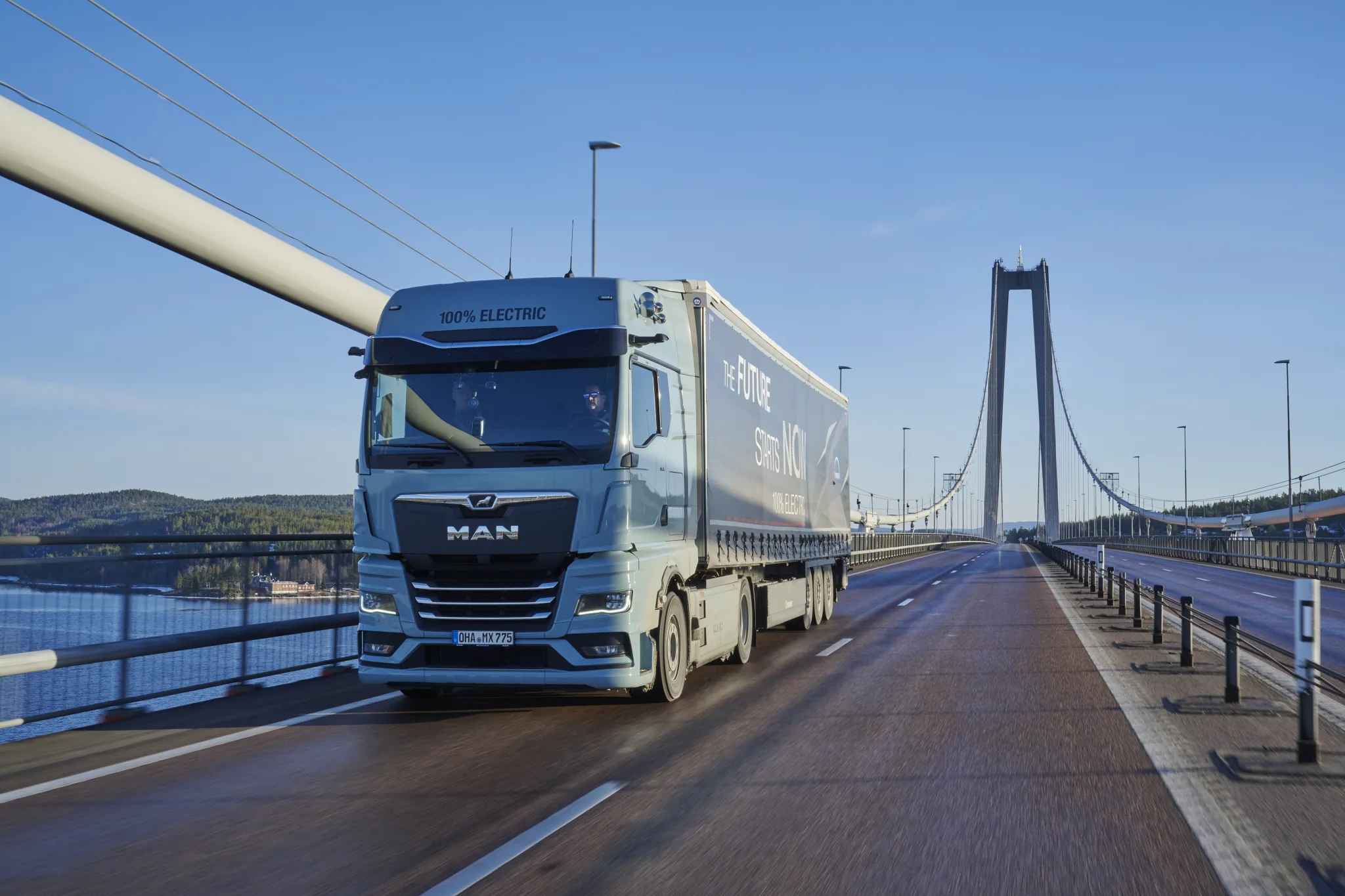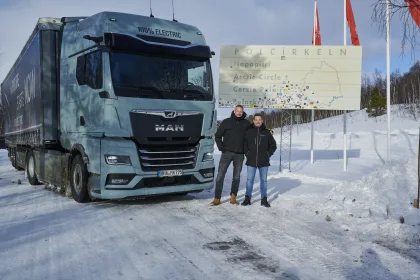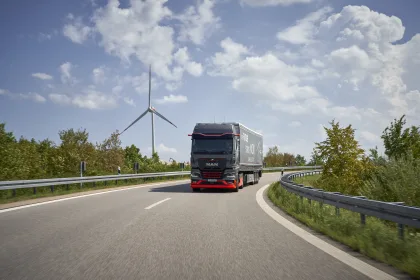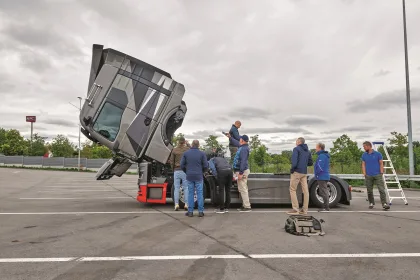- Well over 100 of the first pre-series of around 200 MAN eTrucks have already been in use since the beginning of 2025
- Daily mileage for customers of up to 800 kilometres
- Average consumption across all vehicles in winter temperatures 106 kWh per 100 kilometres
- CO2 savings of around 400 tonnes compared to diesel trucks when using 100 percent green electricity
- Large-scale production of eTrucks to start in mid-2025
Since the beginning of 2025, well over 100 eTrucks from MAN have been successfully deployed by logistics service providers from Germany, Austria, Belgium and the Netherlands, among others – including well-known names such as Duvenbeck, DB Schenker, Dachser, Dräxlmaier and Koopman. The eTrucks have travelled a total of around 500,000 kilometres so far.
Thanks to their battery-electric drive, they would have saved around 400 tonnes of CO2 when using 100 percent green electricity compared to a diesel truck, which consumes around 27 litres per 100 kilometres. Assuming that each of these vehicles covers 1.2 million kilometres in its lifetime, these eTrucks alone can save around 120 thousand tonnes of CO2, assuming the same premises. The vehicles are part of an initial pre-series of 200 vehicles that MAN has already produced in 2024 – for customers who want to quickly embark on the path to electromobility. More e-trucks from this first pre-series are being delivered to MAN customers almost daily.
‘Even before large-scale production of the MAN eTGX and eTGS starts in May, we are gathering valuable practical experience with the vehicles from this first series together with our customers. We are seeing that our concept of high battery modularity and yet a range suitable for long-distance transport is proving very successful. The version as an ultra-lowliner semitrailer tractor for high volume requirements is particularly popular,’ says Dr Frederik Zohm, Executive Board Member for Research and Development at MAN Truck & Bus.
The daily workload of the eTrucks is impressive: in typical long-distance transport applications, the electric lions cover between 400 and 600 kilometres, with one of the vehicles even travelling 800 kilometres per day in customer use with intermediate charging. The eTrucks are proving to be extremely frugal and have an average consumption of around 106 kWh per 100 kilometres across the entire fleet, despite the rather wintry weather conditions in the first few months.
William Kratsch, responsible for Direct Operations at DB Schenker, draws a positive conclusion about the all-electric new additions to the fleet: ‘So far, the truck has been running smoothly and shows lower consumption compared to other e-trucks used on similar routes. This is a positive sign for the efficiency of the MAN eTGX and makes us optimistic about the future.’
MAN Polar Express: all-electric from the Arctic Circle to Munich
The MAN eTruck has also demonstrated its unrestricted practical suitability with the MAN Polar Express: In mid-March, a battery-electric eTGX semitrailer truck covered the 3000 kilometre distance from the Arctic Circle to Munich purely on battery power. In doing so, it not only demonstrated its impressive range, even in icy temperatures. It also proved that fully electric trans-European long-distance lorry transport with exclusive use of public charging infrastructure is already possible today. Also in the spotlight: the MAN Charge&Go charging card, which makes public charging at charging stations from various infrastructure providers child’s play.
The Polarexpress was accompanied by influencers André Brockschmidt (Bauforum 24) and Christina Scheib (Trucker Babes), who are well-known in the truck scene. They report on their experiences and encounters during the all-electric journey from the Polar Circle to Munich in five video episodes, which were published on the MAN channels on YouTube to accompany the tour. At the same time, the influencers posted impressions of the tour on their own channels.


